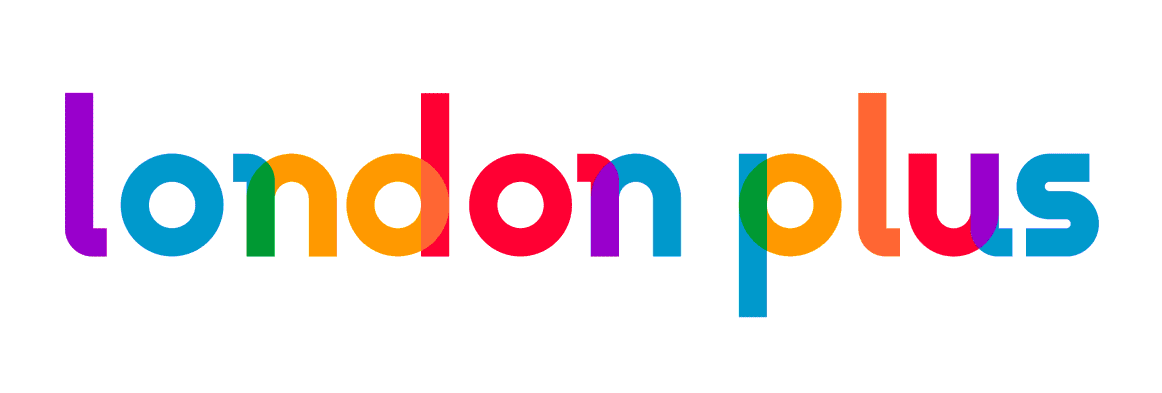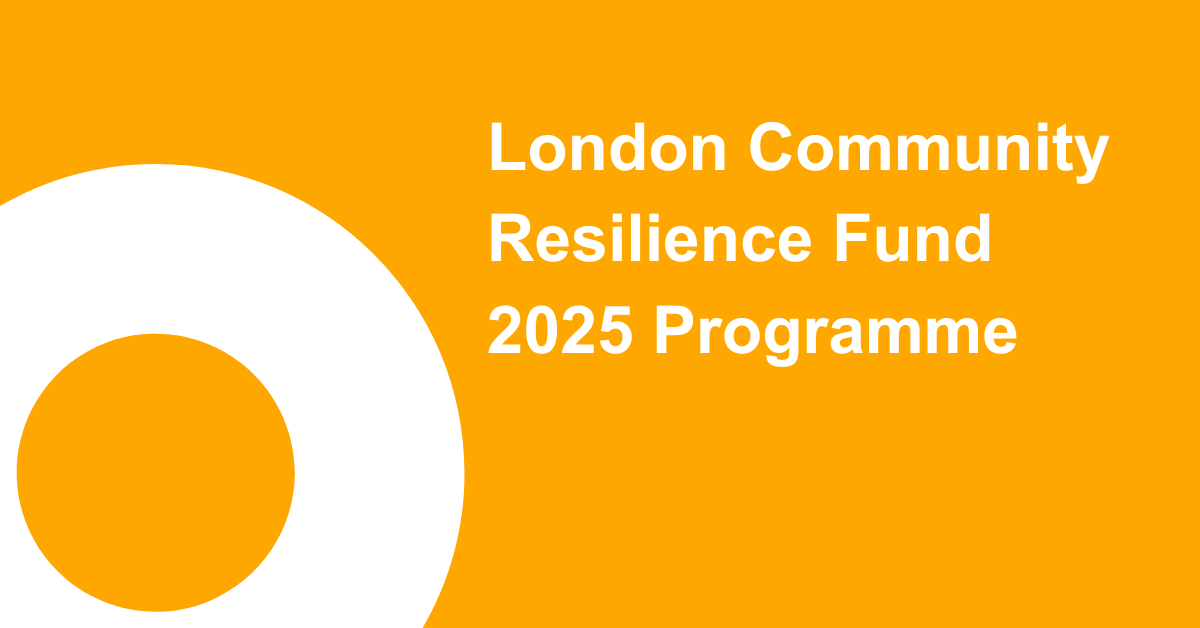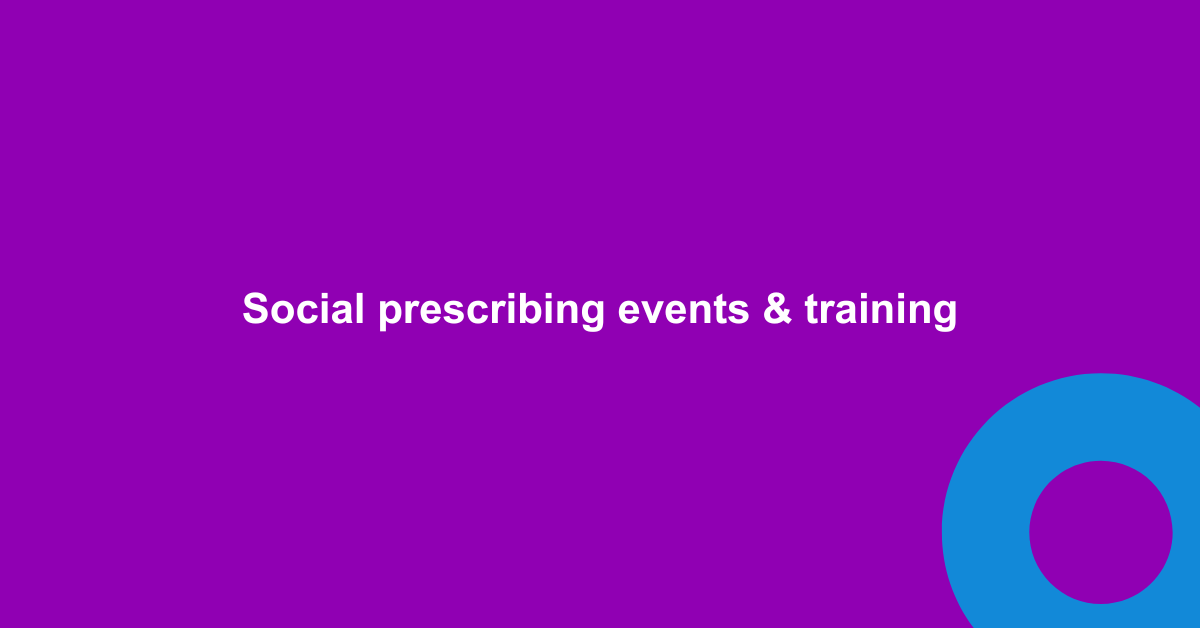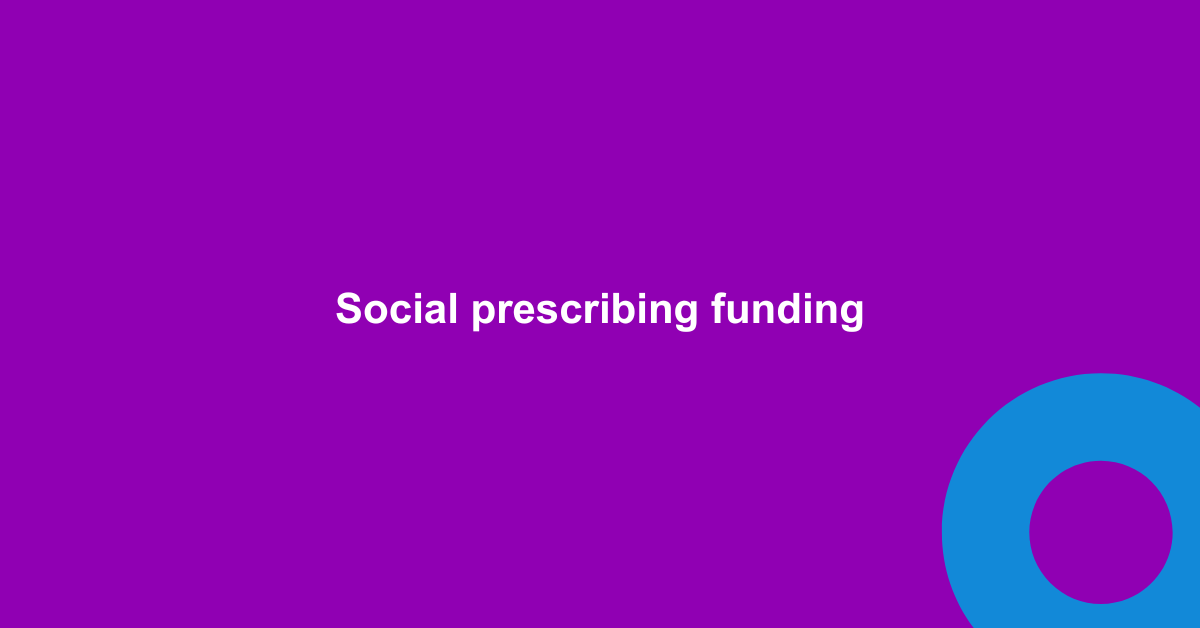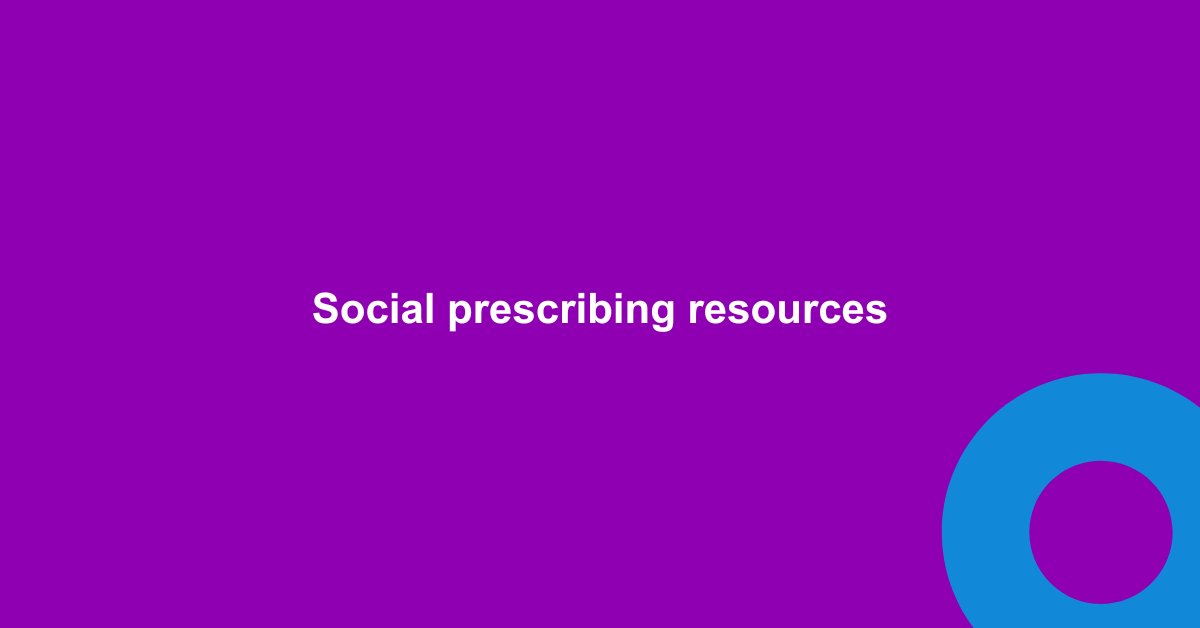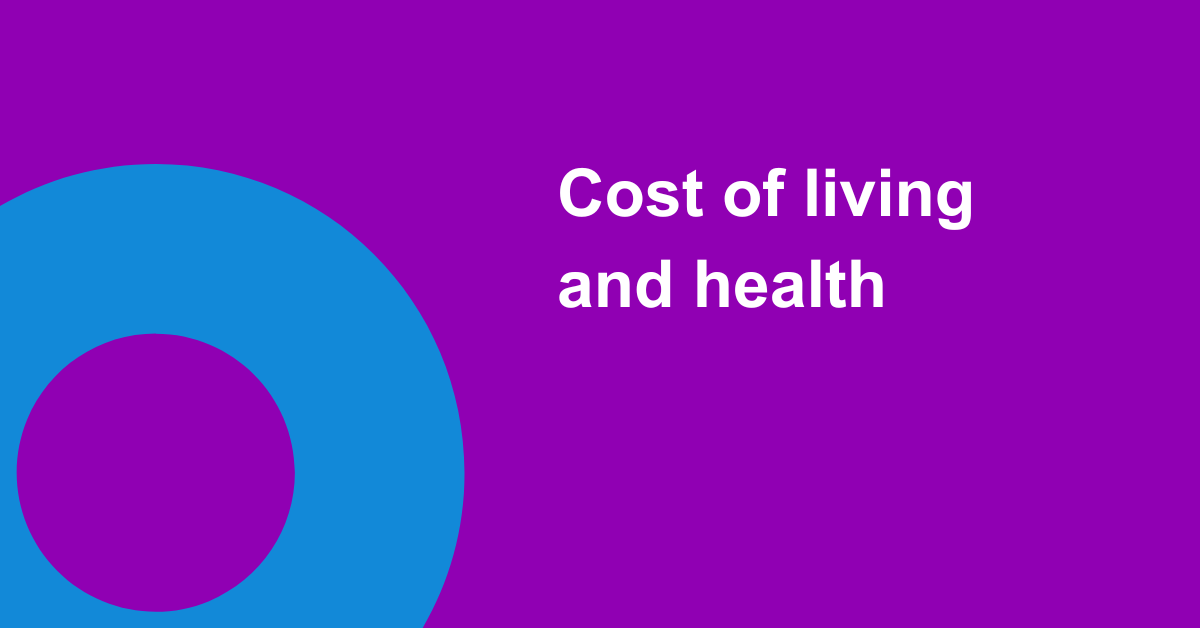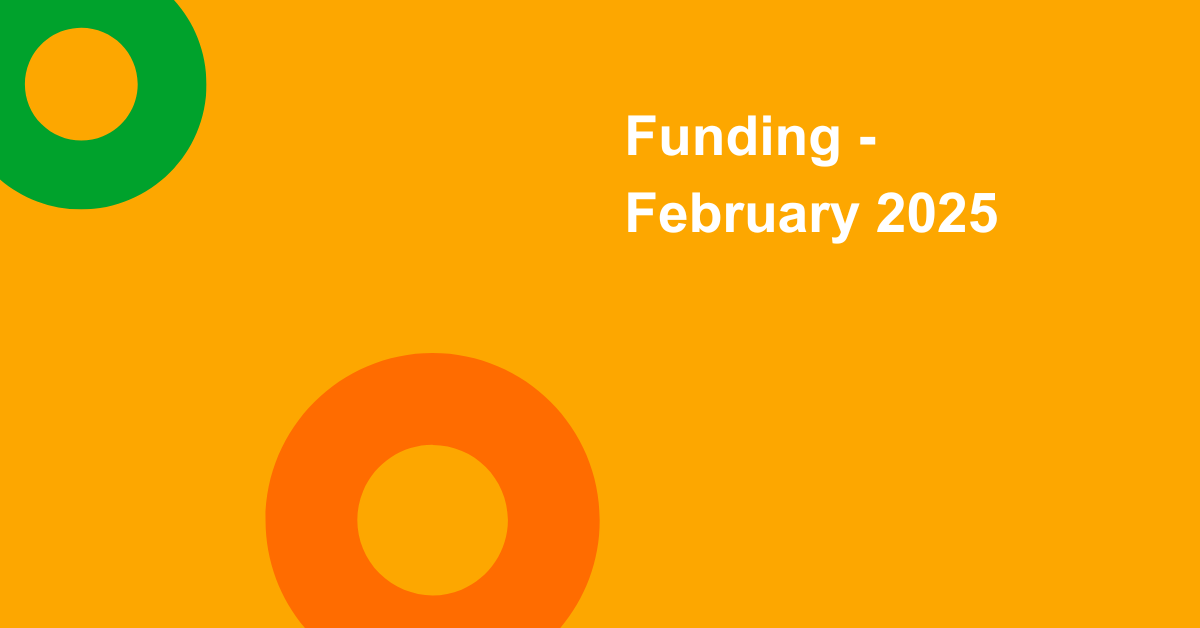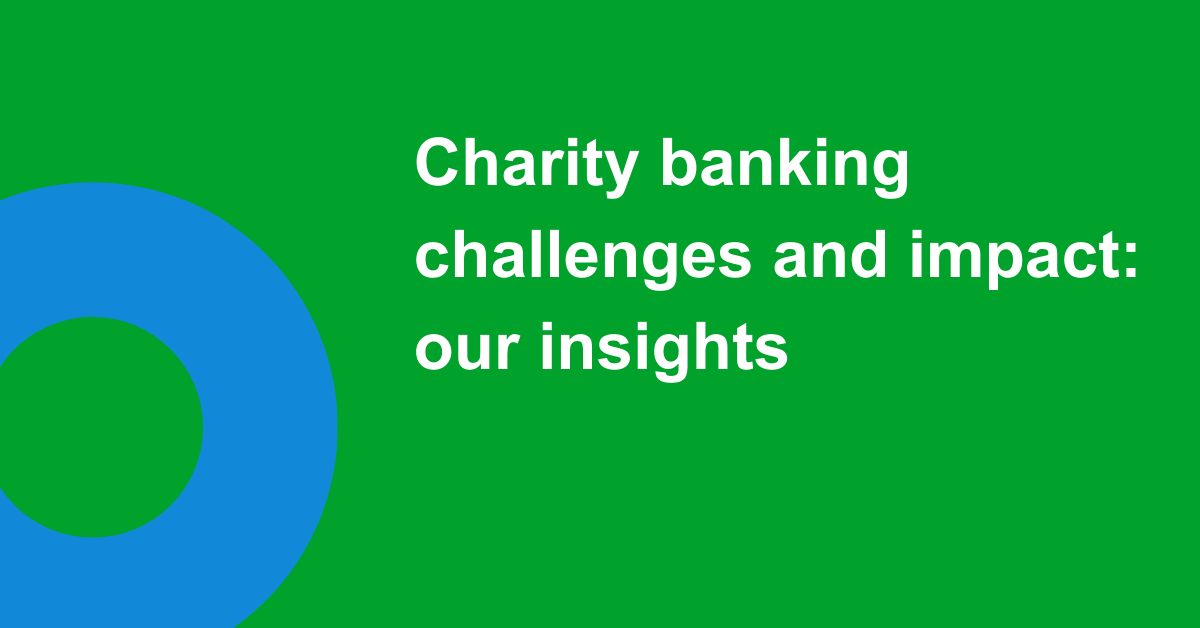The Violence Reduction Unit (VRU)
The Violence Reduction Unit has been set up by the London Mayor and MOPAC to reduce serious violence in the capital through a multi-agency approach. There is a commitment to involve communities and those affected in the work of the unit; as the new tackling serious violence agenda starts to take shape it’s imperative, we all work together to ensure communities are at the heart of solutions. As CVSs we can play a unique role in helping to make this happen.
Local organisations can make a big impact
In order for serious violence to be tackled at a local level the roles of grassroots community organisations who are often the ‘eyes and ears’ of communities and that of the established youth sector are absolutely paramount. As a member of the new VRU Reference Group chaired by London Mayor, Sadiq Khan, I have made it clear that it is these very organisations and individuals who are often the first to know about simmering tensions in communities and can crucially provide support to victims and families when violence breaks out.
However, these organisations are often poorly funded and are not always respected for the work they do by public sector bodies. This needs to change so there is a power shift from the centre to the local ecosystem and local people are empowered to be part of the solutions going forward. There has been lots of talk about a public health approach to violence which learns from the successful Glasgow initiatives. However, Glasgow is not London and there is a real need for London itself to determine what will work best.
The Violence Reduction Unit is in its early days but has made a commitment to the ‘local’ and the diagram below attempts to describe how the central VRU will engage with proposed local VRUs which will have their own priorities and crucially have some commissioning budgets to spend on activities which local people determine.

London CVSs working together
As CVSs we will be working together over the next year to help create a foundation for these local VRUs by gathering information about what is happening in local boroughs and attracting, training and supporting grassroots community champions (young people, parents and community activists) from local areas to work together to provide greater community insight about what will work to reduce violence and empower communities.
Current challenges
I had the pleasure of speaking at the Tackling Youth Violence Network, facilitated by London Youth on the 8th January. There were around 100 youth work practitioners (mainly from the VCS) in the room. Vicky Foxcroft MP spoke about the Youth Violence Commission and I spoke about the emerging priorities and focus of the VRU.
I was taken aback at the number of people who thanked me for my honesty in explaining the challenges and opportunities presented by the VRU’s approach and the need to talk about race, discrimination and institutional/system barriers as well as consistent long-term resources for frontline staff working with young people on the ground. The following points were raised at the meeting:
- A number of members talked about the negative impact that PRUs and school exclusions have in that it seems the current education system which focusses on rewarding schools for hitting targets fails many young people.
- Network members wanted more opportunities to talk directly with other professionals such as social workers, probation etc about violence – and to learn practically together beyond organisational or sectoral boundaries. Some talked about the need to support frontline staff in the VCS who themselves are sometimes dealing with trauma.
- Members felt that the role of VCS youth workers needed to be better respected and valued by the public sector but it’s often under-funded and resourced only in the short term. “if you were ill you would want the best service from a qualified doctor or health professional so why not expect the same for young people from youth provision?”
- There were general comments about the need to shift the balance of power and to ensure long term investment – over and above the recent Mayor’s Young Londoners Fund – to ensure the youth sector remains healthy and able to respond to the problems of knife crime and violence in communities. Members felt that funders coming together to reduce the burden of bid writing would be a huge step forward.
- A number of members were individual parents who had suffered directly from youth violence. One member felt the London Mayor should hold one day of the year to formally remember those lost to youth violence and promote their positive, but tragically short-lived lives in some way.
- Members wanted to better understand the way money flows through all the agencies and systems and ensuring that there is more of an equal spread and focus on work happening on the ground in communities – with funding following the client/service user.
- Members wanted to collaborate between each other more and felt that an online database of those working on youth violence would help them to connect in this way. This could also be a repository of good practice.
- Members discussed the importance of a holistic approach to tackling violence which should include values, empathy and other cross cutting themes.
If you want to know more about the VRU and the work that CVSs will be doing please contact me: Jake Ferguson, Chief Executive Officer, Hackney CVS jake@hcvs.org.uk or visit our website www.hcvs.org.uk
